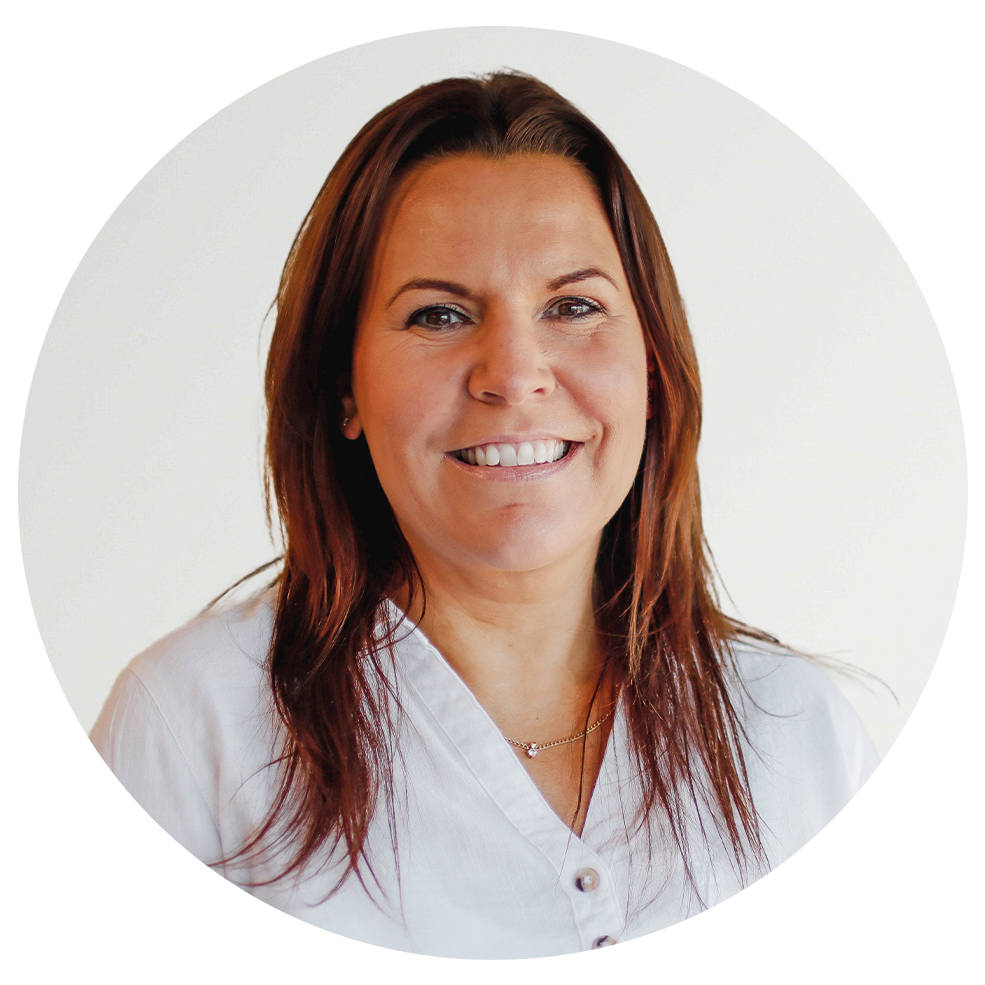Moisture lesions vs pressure ulcers, How can you tell the difference?
Classifying wounds can be a difficult concept. This webinar is designed to help guide healthcare professional to determine the difference between moisture lesions and pressure ulcers. This session will also include the categorisation of pressure ulcers
Learning Outcomes
- To revisit the structure and function of the skin
- To understand the cascade of events that lead to pressure and moisture damage
- To gain more in depth understanding of the difference between moisture lesions and pressure ulcers
- To understand categories of pressure ulcers
Meet our Experts

Sarah has always had a keen interest in Tissue Viability since becoming a registered nurse in 2002. Her experience varies from within a community setting, where she completed her Tissue Viability based degree in 2007. She then worked within the private sector to gain additional advanced wound care skills whilst working with a medical devices company specialised in wound healing. In 2010, Sarah became a Tissue Viability Nurse and shaped a specialised service within the acute sector for 7 years before returning to the community setting as a TVN.
People who watched this also watched...
How can we make single handed care a more realistic and efficient option?
In this webinar, Kay James will use case scenarios and videoed practical solutions to show how single carer handling can be implemented and discuss how to tackle some of the common barriers.
Seating and Postural Management
This 6-session programme takes a detailed look at the issues related to assessing posture and applying interventions as part of a postural management programme. The course is accompanied by a workbook.
Keeping Everyone Safe: Infection prevention during joint visits
We look at several aspects of infection prevention and control that are crucial to patient / client safety. Evonne will explain how micro-organisms behave, their capability of surviving in the environment and the modes of transmission. We then assess the risks in what we do, and what we need to do in order to prevent the risk of new infections spreading to both the patient / client and ourselves.


